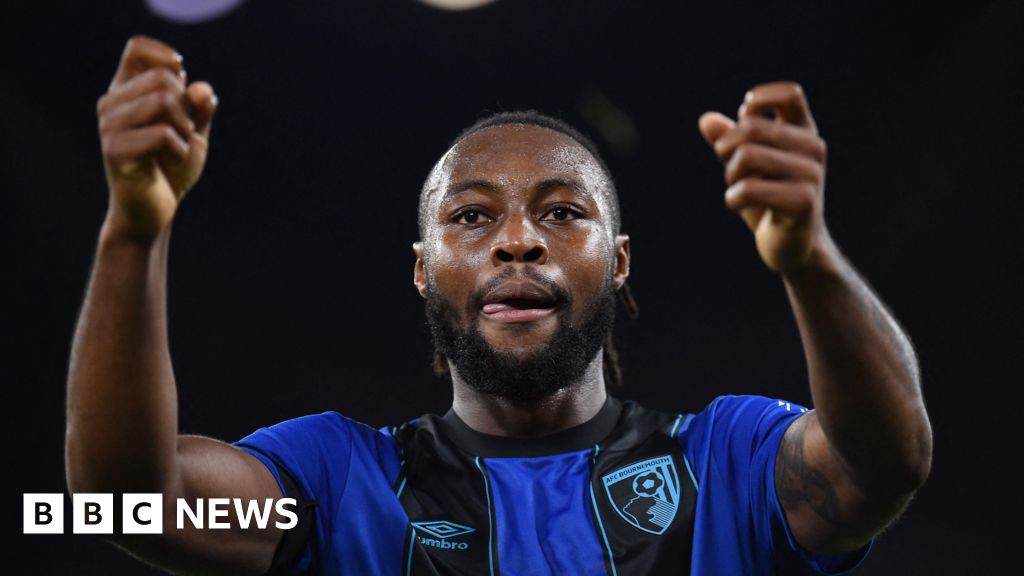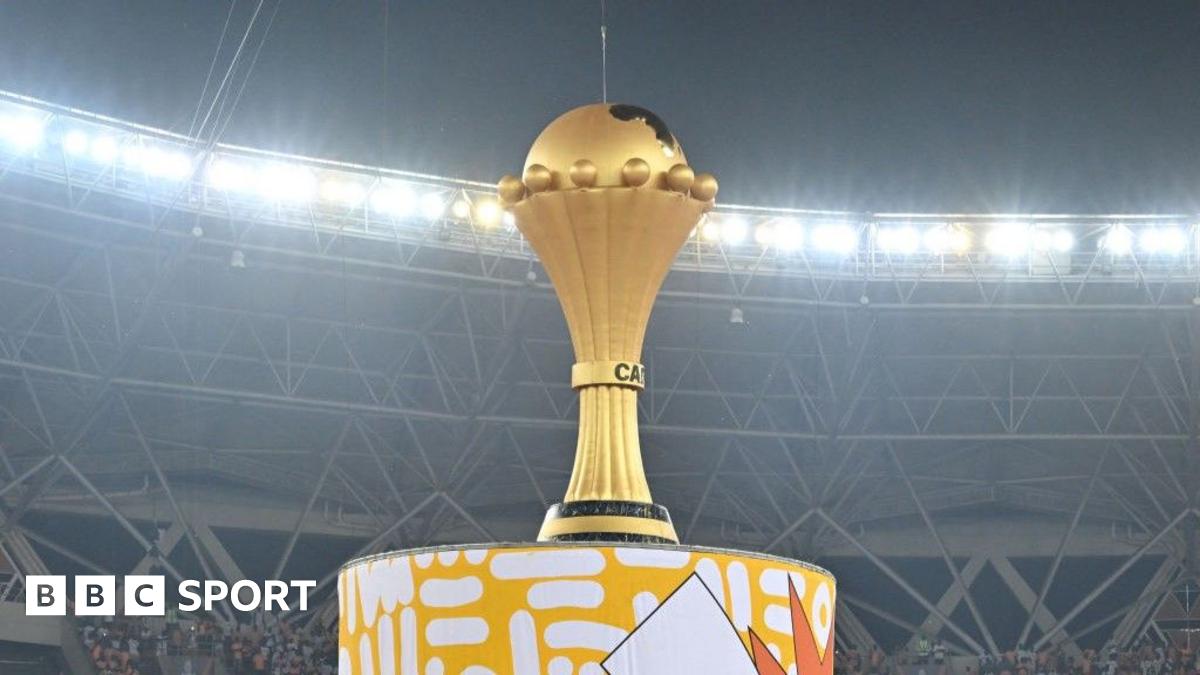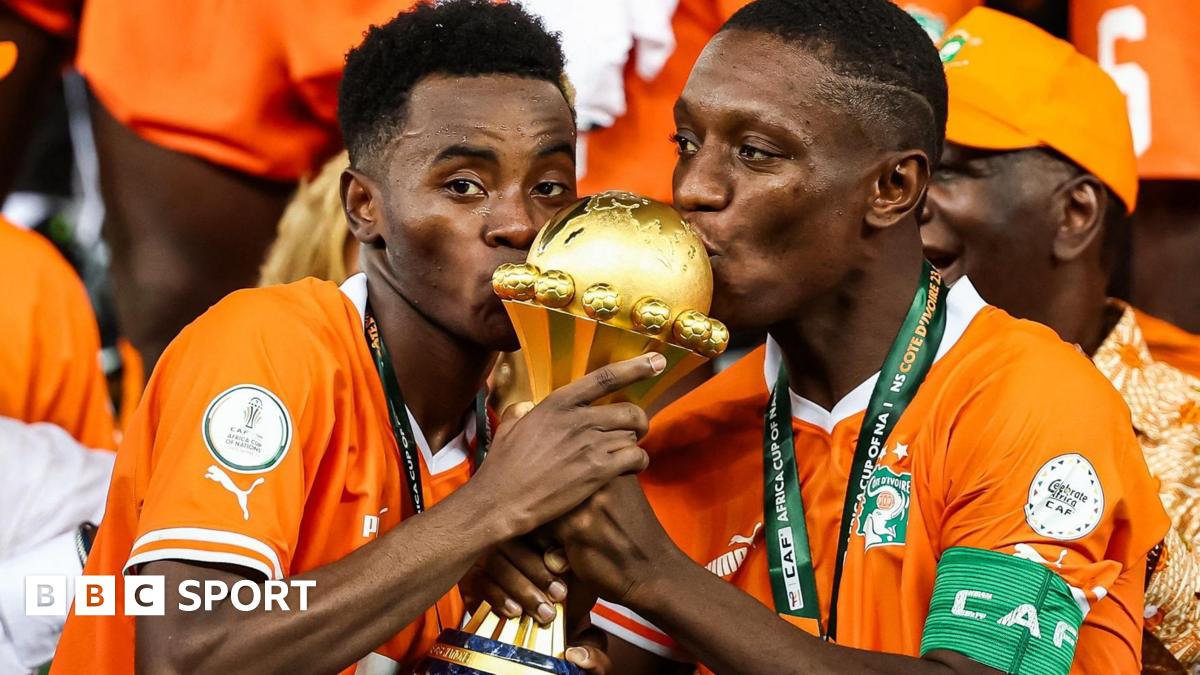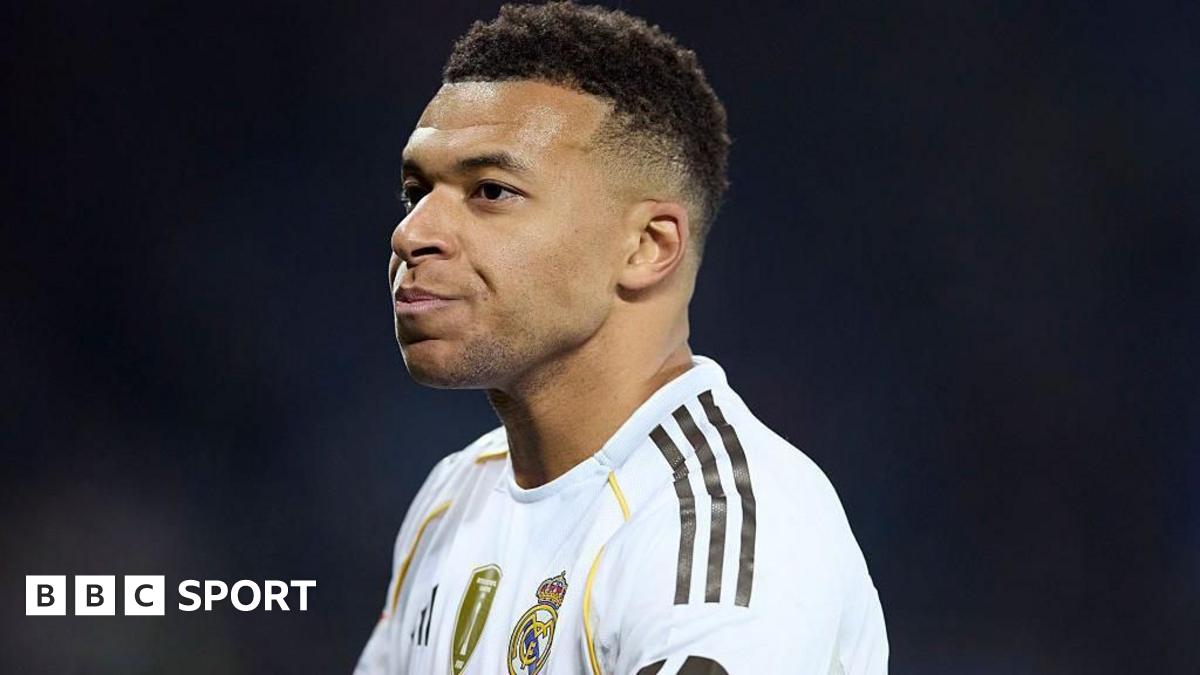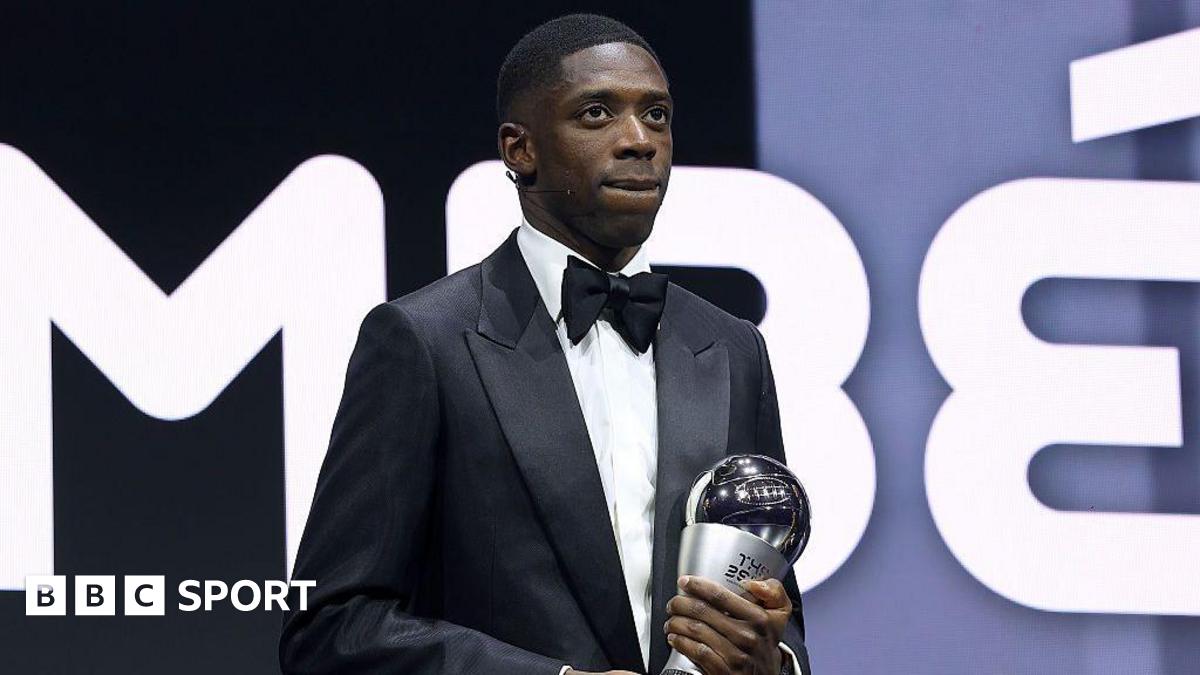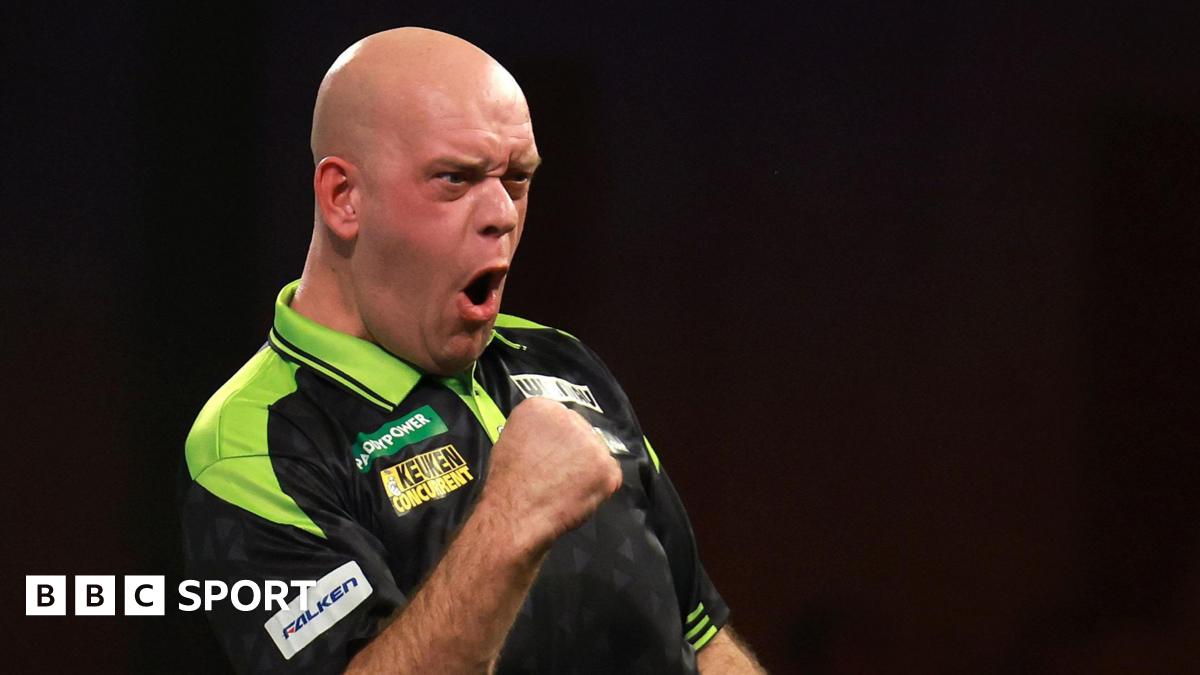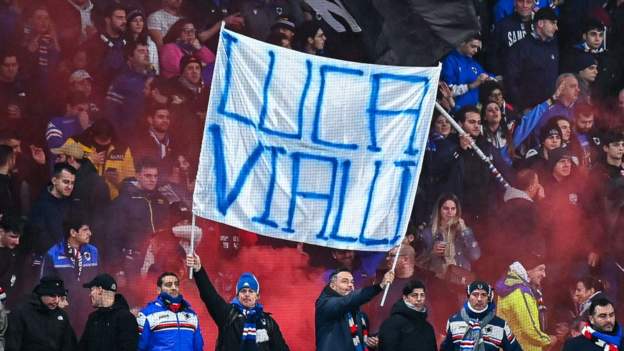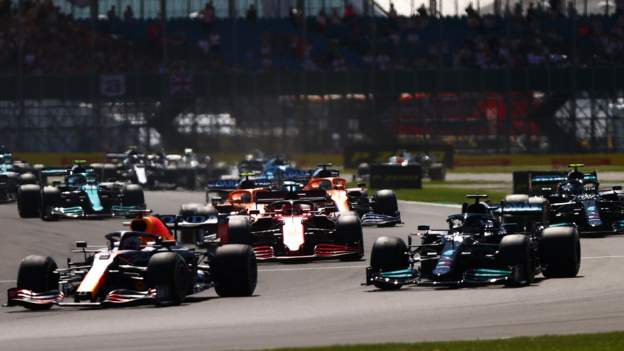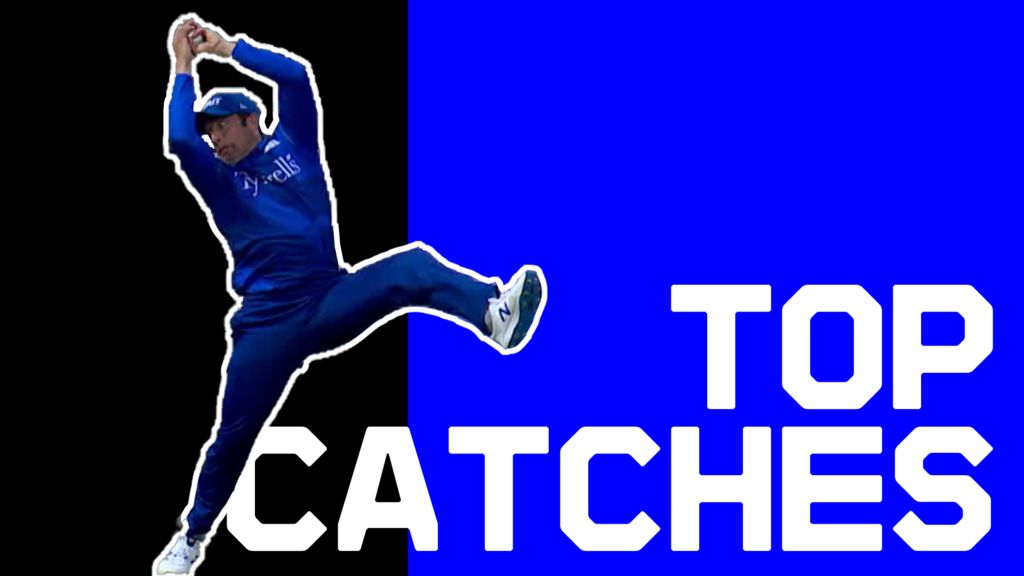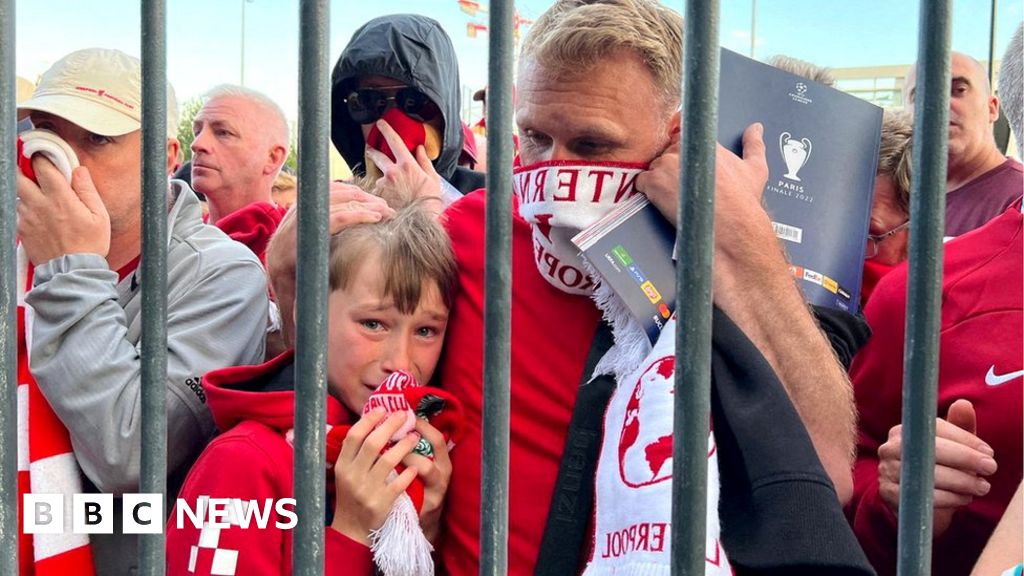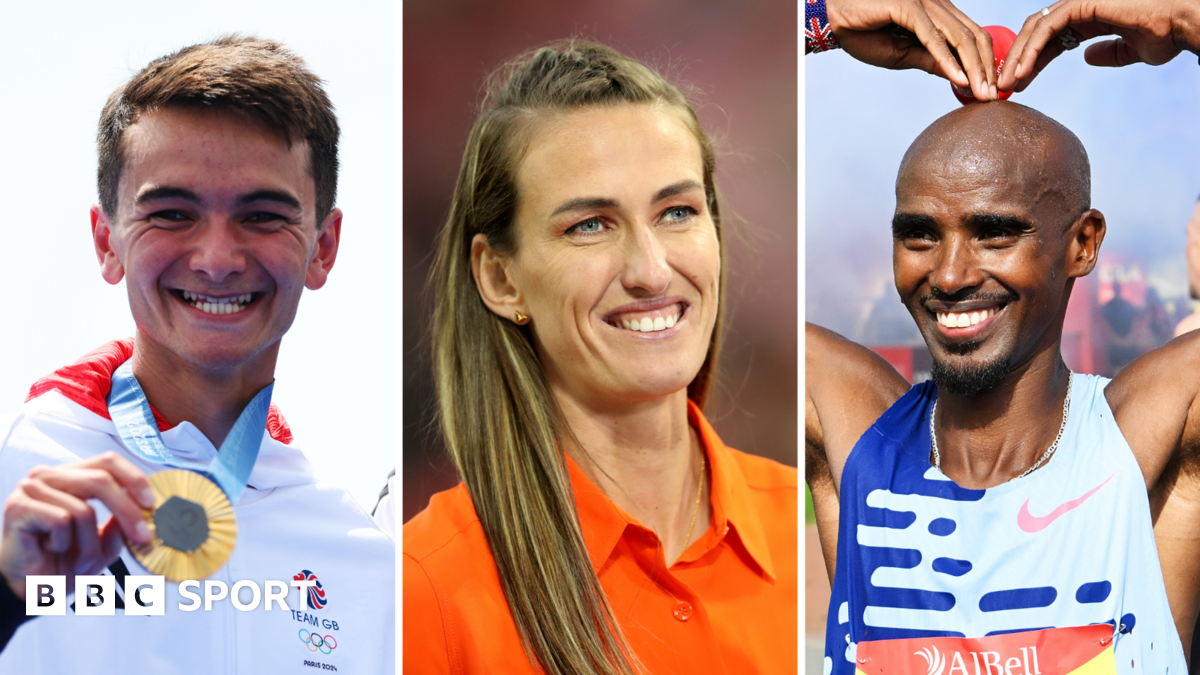Not for the first time, South African cricket is in a state of crisis.
The men’s team has supplemented another embarrassing World Cup exit with a string of abject batting performances in Tests.
The women’s side has seen a golden generation lose its sheen. Sponsors are hard to come by. Patience is running low.
However, a new league promises to right most of the ills plaguing Cricket South Africa (CSA).
The SA20, the latest Twenty20 franchise competition on the global circuit, begins on Tuesday and will see six city-based teams compete across four weeks.
It might not be the panacea South African cricket needs, but its arrival marks a turning point and the chance for change.
Financial windfall

For starters, a lucrative global broadcast rights deal means the inaugural season will turn a profit.
Shareholders might yet choose to refrain from distributing the money immediately and instead wait a few cycles before sharing the loot with CSA, but at least some coffers will be filled.
The six teams – based in Pretoria, Johannesburg, Cape Town, Paarl, Durban and Gqeberha (formerly Port Elizabeth) – are affiliated with, and bankrolled by, Indian Premier League team owners.
The tournament opens with the Mumbai Indians Cape Town hosting the Paarl Royals, owned by the same consortium that owns the Royals in Rajasthan.
Faf du Plessis will remain in Chennai yellow as he skippers the Joburg Super Kings while Quinton de Kock can keep his Lucknow coloured gear when he pads up for Durban’s Super Giants.
The names might be a mouthful, and there have been concerns that the strong links with the IPL dilutes the authentic flavour of the competition. But there is no question that this relationship will inject much-needed cash into a cricket ecosystem that sorely needs it.
Long-term prospects (and hopes)
The least surprising thing about South Africa’s defeat by the Netherlands in the T20 World Cup back in November was that it happened.
Fans of the Proteas have been hurt too many times to even raise an eyebrow when their team manages to snatch an unlikely defeat from the jaws of a pedestrian victory.
This competition heralds a new dawn, at least that’s the hope.
Graeme Smith, the former Proteas skipper who now serves as the de facto CEO of SA20, has already predicted the competition will have the same effect on young South African players as the IPL has had on developing Indian talents.
“There will be a whole lot of guys, young guys, who will rub shoulders with experienced internationals,” Smith told the BBC in October. “That can only have a positive impact on them.”
What’s more, each team owner is expected to invest in academies and development hubs in their respective regions, further bolstering the next generation of South African stars.
Red-ball reset
It’s not just the white-ball side that stands to benefit from the competition’s launch.
Those with a vested interest in the fate of the swinging, seaming red ball will keep their fingers crossed the Proteas in white will also reap what SA20 sows.
There are examples of this cross-format symbiosis. Rishabh Pant has given India’s lower middle order an extra gear and their bowling unit, led by Jasprit Bumhrah, is arguably the most formidable attack in the world.
England’s red-ball reset has been fuelled by a gumption previously reserved for shorter formats and now includes a mix of players who were once pigeonholed as T20 specialists.
If the likes of Tristan Stubbs, Dewald Brevis and Gerald Coetzee – three supremely talented youngsters who will no doubt play important roles for their respective franchises – can impress over the next month, they might be fast-tracked to a Test team in desperate need of new life.
Social concerns put aside (for now)
Smith has promised a women’s competition will take place, though he couldn’t say when.
“Within two or three years,” was his vague estimate. “A women’s element is 100% in our plans. It just wasn’t feasible this year but it’s definitely in the pipeline.”
This feels like a misstep, particularly as both the first ever Women’s U19 World Cup and the Women’s T20 World Cup will be staged in South Africa in January and February.
There is also the question over the lack of Black African players in the tournament. There are just four included across the six teams.
This is a pittance in a country where more than 80% of its 60 million inhabitants are Black.
Unlike CSA competitions and South African national squads, there were no mandated selection targets along racial lines for the SA20 auction in September.
The Proteas white-ball captain, Temba Bavuma, remained unsold, as did all-rounder Andile Phehlukwayo.
England stars in the mix
Ultimately the success of the competition will hinge on the quality of the cricket on show. One way to improve any product is to include the best performers and the SA20 has attracted 20 English players.
The male Three Lions hold both the T20 and 50-over World Cup trophies and the influx of English talent is a major coup.
The Paarl Royals have an enviable collection with Jos Buttler, Jason Roy and Eoin Morgan forming a formidable trio. They’ll be complemented by David Miller and Dane Vilas in what must surely be a contender for the most fearsome batting line-up in the tournament.
Mumbai Indians Cape Town have an Englishman for all seasons. If Jofra Archer can remain fit he’ll share the attack with Kagiso Rabada and Sam Curran.
Liam Livingstone will also call Cape Town home for four weeks and neutrals will pray he occupies the crease for an extended period with Brevis.
Reece Topley is the only English player in Durban while Adil Rashid, Will Jacks and Phil Salt are stationed up north in Pretoria.
Five of their countrymen, including the leg spinner Mason Crane and the Cape Town-born Brydon Carse will represent the Sunrisers in Gqeberha.
Their presence alone will have a positive impact. So too will the nine West Indians, four Sri Lankans, two Afghans and the sole ambassadors from Ireland, New Zealand and the Netherlands.
Smith has set his sights on creating the “second best T20 league in the world” behind the IPL.
South African cricket must hope he succeeds.


